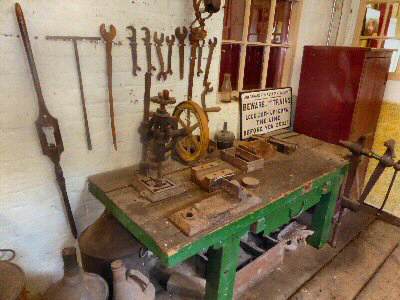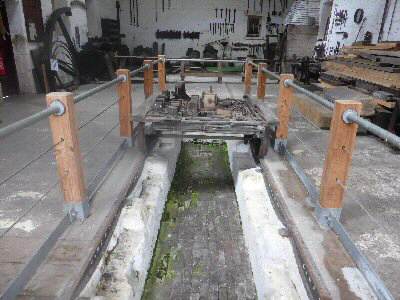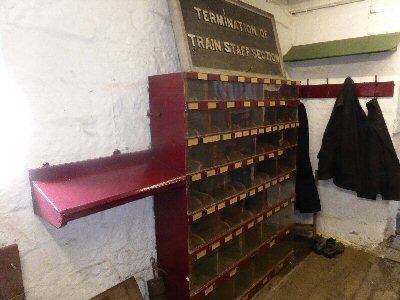HIGH PEAK JUNCTION
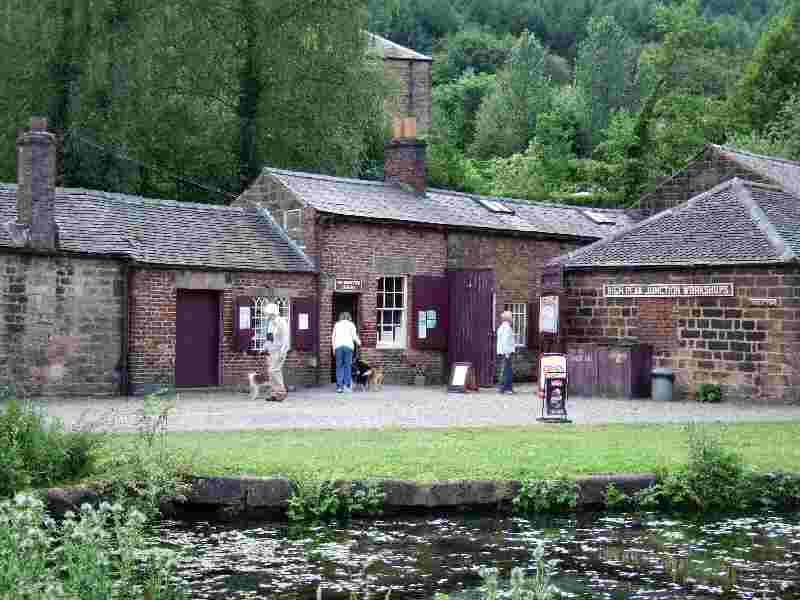
PLAN YOUR VISIT TO HIGH PEAK JUNCTION
Location: To reach High Peak Junction, turn off A6 at Cromford for Arkwright’s Mill and follow the road around heading for Lea, turning right into the car park before reaching a left-hand bend.
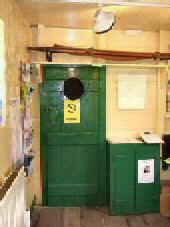
Visit: High Peak Junction Visitor Centre is an excellent place to start or finish a walk along the Cromford Canal or High Peak Trail. It offers a wide selection of books, maps, and an interesting railway video. Light refreshments can be purchased, and picnic tables are available outside. Check the website for opening details.
Refreshments: You can have a picnic at High Peak Junction, or Wheatcroft’s Wharf, Arkwright’s Mill, and Cromford, which offer a wide choice of food and drink.
Cromford: A village of contrasts, its lower half rests by the gently flowing River Derwent, and the upper climbs steeply up Cromford Hill to Black Rocks, with outstanding views. It was the first purpose-built industrial village and encompasses the Site of the world’s first successful water-powered cotton mill. It was from Cromford that its revolutionary methods spread across the rest of the world. Frequently referred to as the ‘Cradle of the Factory System,’ Cromford and the Derwent Valley achieved World Heritage Status in 2001. The Site extends approximately 15 miles from Masson Mill to the former Derby Silk Mill. It is the only World Heritage Site in the East Midlands.
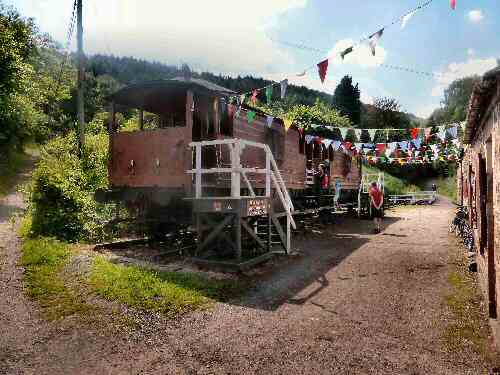
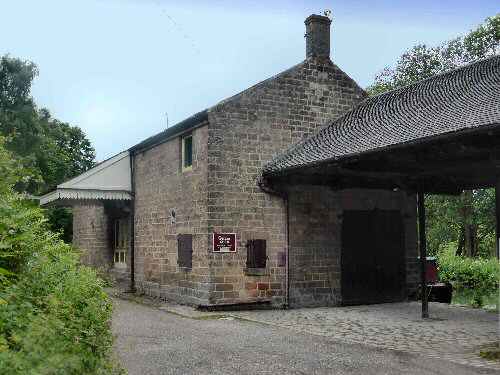
INTRODUCTION
High Peak Junction is the starting point for the Cromford and High Peak Railway, which linked Cromford Wharf, 277 feet above sea level, with Whaley Bridge, 517 feet above sea level. In the middle, it rose to 1266 feet at Ladmanlow. Stretching 33 miles in length, the line was fully opened in 1831, when it was used to transport minerals, corn, coal, and other commodities from one canal to the other.
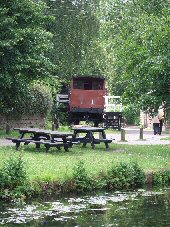
Completed in 1794, the Cromford Canal stretched 14.5 miles to Langley Mill, which joined the Erewash Canal. With a tunnel and two aqueducts, the canal was built to carry limestone from quarries at Crich to the iron foundry at Butterley. It was extended to serve Richard Arkwright’s Cromford Mills and became very busy and profitable. There was, though, a need to find a much shorter route to link the East Midlands with Manchester. The original intention was to construct a canal to connect William Jessop’s Cromford Canal with Benjamin Outram’s Peak Forest Canal. However, difficulties in ensuring an adequate water supply on the limestone moors led to the scheme being dropped.
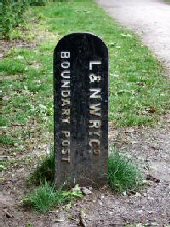
Proposals were then put forward and accepted to build a railway, which was built on a similar alignment to that which would have been followed if the canal had been constructed. This involved steep inclines, up and down, where wagons were hauled on cables by steam-driven winding engines. Initially, horses were relied on to pull the trucks along the flatter parts of the route, but steam began to replace them in 1833 when the first locomotive came on the scene. However, it was some thirty years before horses were entirely replaced by locomotive power. The line continued to play an integral part in linking the canal system until 1853, when it was connected to the rapidly expanding railway network and became a branch line serving local needs.
HIGH PEAK JUNCTION WORKSHOPS
The High Peak Junction Workshops date from the earliest days of the railway, built between 1826 and 1830. They remain virtually unchanged since then, with tools, railway artefacts, a joiner’s bench, a forge, and bellows. The cast-iron, fish-bellied rails on either side of the inspection pit could be the oldest length of railway line in the world still in its original position. A leaflet has been produced to enable visitors to identify the large array of memorabilia on display.
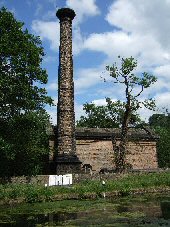
Following the closure of the Cromford and High Peak Railway, Derbyshire County Council and the Peak Park Planning Board purchased it jointly. They converted it into the High Peak Trail in partnership with the Countryside Commission. A catch pit at the bottom end of the trail was built after an accident in 1888 in which two wagons jumped across the canal and the Midland Railway. The last accident occurred in the 1950s, and the wreckage remains in the pit.
LEAWOOD PUMPHOUSE
Leawood Pumphouse is on the opposite side of the canal from the visitor centre, a short distance to the south. It was built in 1849 to pump water from the river to the canal following water shortages in 1844. Volunteers have extensively restored it, and it can lift approximately five tons of water each minute up to a height of 30 feet. It is open to the public on ‘steaming days’ in the summer.
Cromford Canal supports abundant wildlife, and because of its value as a natural habitat, it has been designated a Site of Special Scientific Interest. The Derbyshire Wildlife Trust manages the southern end, from Whatstandwell to Ambergate, as a Statutory Local Nature Reserve.
HIGH PEAK JUNCTION WALK
